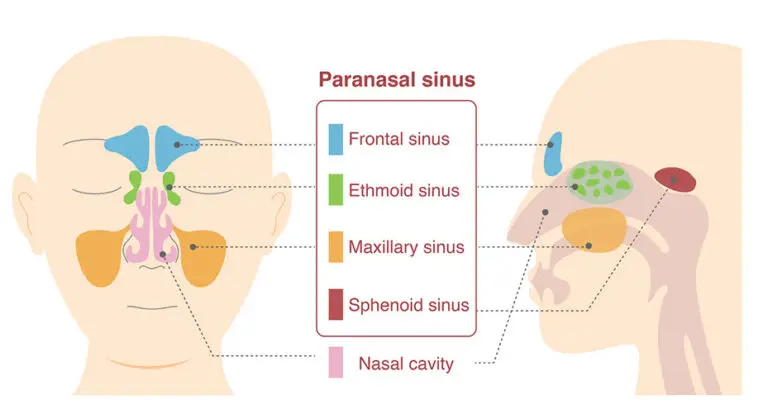In August 2022, the PACT Act was signed and expanded benefits and services for veterans with toxic exposures during service. The expansion included toxic exposure screening, education, and research, as well as prompted a change in how toxic exposure claims are processed. Now, if a veteran files a claim for disability and the term “PACT Act” is referenced, a toxic exposure risk activity report, or “TERA Memorandum,” is compiled for the VA medical examiner to review before providing an opinion.
What is “TERA”?
The term “toxic exposure risk activity,” or TERA, is a type of military activity that may expose the service member to occupational or environmental hazards. Specific types of activities are required to be logged into the tracking system. 1 2
Some activities entered into the exposure tracking record system include chemicals, air pollutants, occupational hazards, radiation, and warfare agents. 3
Chemicals include herbicides, burn pits, sulfur fires, Camp Lejeune water supplies, Pesticides, depleted uranium, and industrial solvents.
Air pollutants include burn pits, oil well fires, sulfur fires, Atsugi waste incinerators, sand, dust, and very small, fine particles or liquid droplets.
Occupational hazards include asbestos, industrial solvents, lead, radiation, vibration, noise, fuels, polychlorinated biphenyl (PCBs), and special paint used on military vehicles.
Radiation from nuclear weapons and testing, x-rays, and depleted uranium.
Warfare agents include chemical and biological weapons, mustard gas, nerve agents, project 112/Project SHAD, herbicide tests and storage, and chemical experiments. 3
These activities and exposures from service may affect the individual’s health later in life. In fact, we now have a better understanding of the health effects of Agent Orange exposure from military service, thanks to research.
TERA Medical Opinions
When a veteran claims a disability related to the PACT Act, the team at the regional office will gather data from the exposure tracking record systems and compile a “TERA Memorandum” for the VA medical examiner to review that is related explicitly to that veteran.
The VA medical examiner must review the TERA Memorandum and consider the occupational and environmental hazards before providing an opinion on the veteran’s medical condition or disability.
Click here to view a blank TERA Memorandum.
When a veteran seeks a private opinion, the TERA Memorandum may be necessary to provide to the medical expert, especially if the reason for denying the claim for disability references the TERA Memorandum.
For example, if the veteran’s rating decision reads, “Although the evidence of record shows participation in a TERA, the medical opinion provided by the VA examiner does not show an association between your claimed disability and in-service TERA,” then the TERA Memorandum is necessary for the medical expert to review. The medical expert needs to understand what types of activities and exposures are reported in the TERA Memorandum.
Where to Find the TERA Memorandum?
The TERA Memorandum is uploaded to the veteran’s claims file. The veteran may request a copy of their claims file to obtain the TERA Memorandum. Otherwise, the veteran may be able to request the TERA Memorandum from their service officer or representative.
Conclusion
The PACT Act expanded benefits and services for veterans with toxic exposures during service, including toxic exposure screening, education, and research. The Act has also prompted changes in how toxic exposure claims are processed. Moving forward, if a veteran files a disability claim related to the PACT Act, a TERA Memorandum is compiled by the team at the regional office for the VA medical examiner to review. Providing the TERA Memorandum to a private medical expert may be necessary to refute a claim denial.
References:
1. Eligibility for hospital, nursing home, and domiciliary care. 38 USC § 1710
2. Presumptions of toxic exposure. 38 USC § 1119
3. “PACT Act 101 Overview Training.” Talent Management System. Department of Veterans Affairs. Accessed September 2023.



